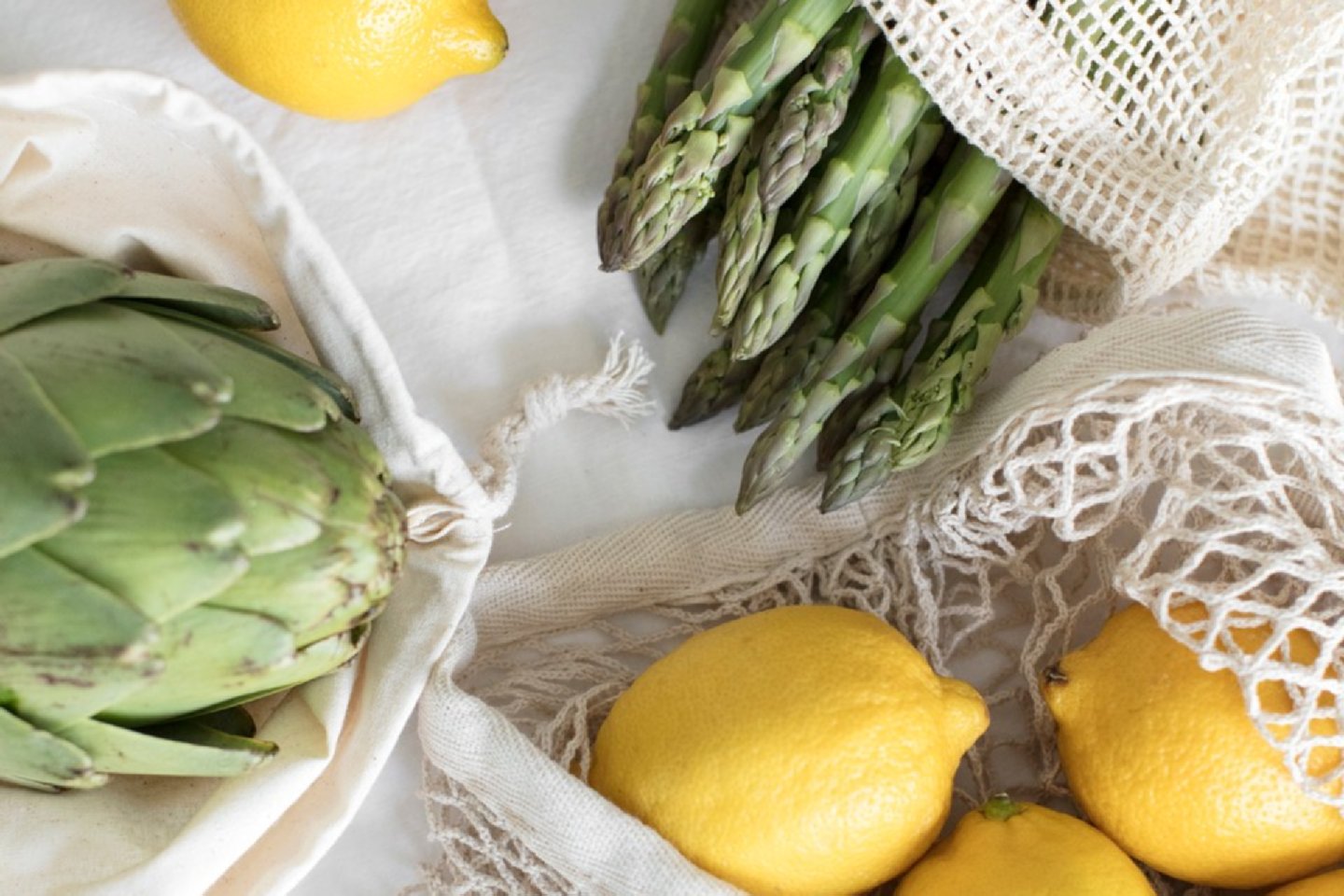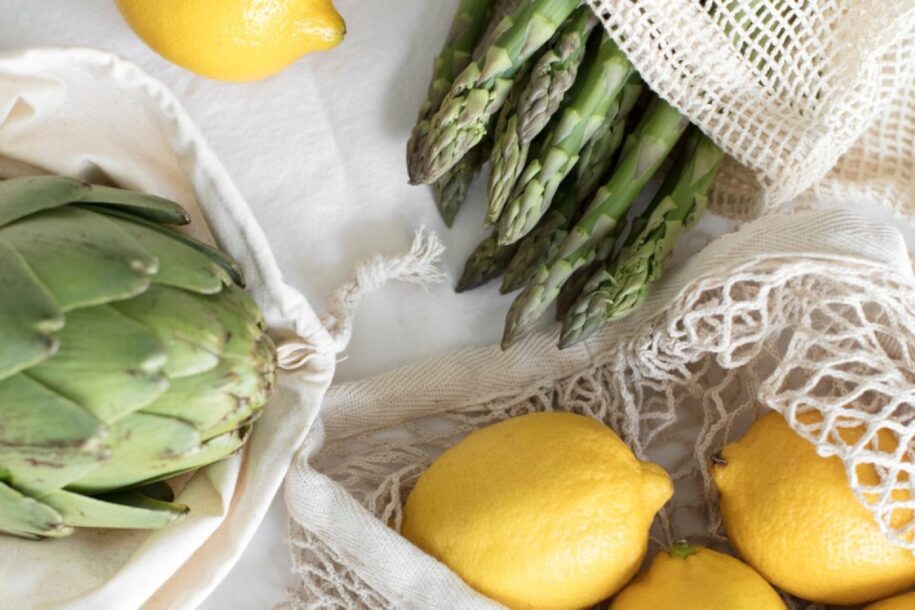Why Local and In-Season Produce Matters for Your Health

This morning, while sipping your coffee or tea, did you happen to think about where those beans or leaves were harvested? What about the fruit in your smoothie? Did you wonder if they were picked in their natural growing season at peak ripeness?
Most of us don’t take the time to mindfully source the foods we’re eating, and I’m going to tell you, not choosing purposefully is a missed opportunity for both your health and your wallet. I’m going to share with you five reasons to choose both local and in-season when it comes to the produce you’re eating, plus two great resources to find out what’s in season and how to get it farm to table!
First, and arguably most important, local and in-season produce is more nutritionally dense. This means more vitamins and minerals are available in that fruit or vegetable for your body to utilize. The longer produce spends on a truck or in storage before being delivered to you, the greater the loss of vitamins, minerals, and other nutrients (1).
Second, if nutrient density isn’t convincing enough, foods that are grown locally and purchased seasonally are less expensive. This is because the farmers need to do less to encourage a bountiful crop and they don’t need to factor in transportation and delivery costs.
Third, fruits and vegetables harvested locally and in-season are fresher and taste significantly better. Because local produce has a shorter distance to travel, farmers can pick at the crop’s peak ripeness, which means more delicious and flavorful food. Conversely, foods harvested in other countries must be picked before ripe so it can make the trip overseas, and to your local market, without spoiling.
Fourth, seasonal food grown locally needs fewer “interventions.” For certain produce to be available year-round, post-harvest treatments, known as ripening agents, are used. These include chemicals, gases, and heat processes (2). Some produce, like apples, pears, carrots, and celery, may be coated with an edible film to protect it (3). Other produce, like strawberries, lettuce, melons, and grapes, may be treated with anti-browning agents so it artificially is kept from rotting (4). Then, the same produce may be treated with a chemical called ethylene, which triggers the ripening process to improve fruit color and quality (5).
Lastly, purchasing in-season and local is a great way to vote with your dollar. I don’t know about you, but I’d much rather support a local farmer who is avoiding ripening agents, anti-browning chemicals, and heat-treatment that kills off precious nutrients. The more money spent locally means the more crops our farmers will get paid to produce which directly benefits women’s health. It’s a win-win!
If these five points have convinced you that local and in-season produce is far superior, let’s find out what’s growing in your zip code right now! Seasonalfoodguide.org is a valuable resource that shares what’s currently in season and tells you a little bit about that fruit or vegetable. What a fun way to explore new produce you’ve never tried before!
Now that you know what’s in-season, the next step is farm to table! Localharvest.org is a great website to find farmers’ markets and CSAs (community-supported agriculture) that will get those delicious, in-season fruits and veggies from the market to your table in no time.
Mindfully sourcing in-season fruits and vegetables supports women’s health, wallets, and local economy. Choosing seasonal produce is a great way to boost nutrient density and avoid many toxic chemicals that otherwise would have made their way onto your plate.
*The information in this article is not intended or implied to be a substitute for professional medical advice, diagnosis or treatment.
Courtney Hasseman is a nurse practitioner and midwife who provides integrative women’s health and gynecologic care. Specializing in hormonal and menstrual health, Courtney can manage everything from your well-woman exam, gyn concerns, functional lab testing, personalized nutrition programs, and integrative approaches to menstrual disorders. She offers both in-person visits and online consultations based from her Historic Leesburg clinic.
SOURCES
1. Mesenburg, Mary, et al. “Why Local Food Is Better For You.” Rodale Institute, 25 Apr. 2019.
2. Mahajan, P V, et al. “Postharvest Treatments of Fresh Produce.” Philosophical Transactions. Series A, Mathematical, Physical, and Engineering Sciences, The Royal Society Publishing, 5 May 2014.
